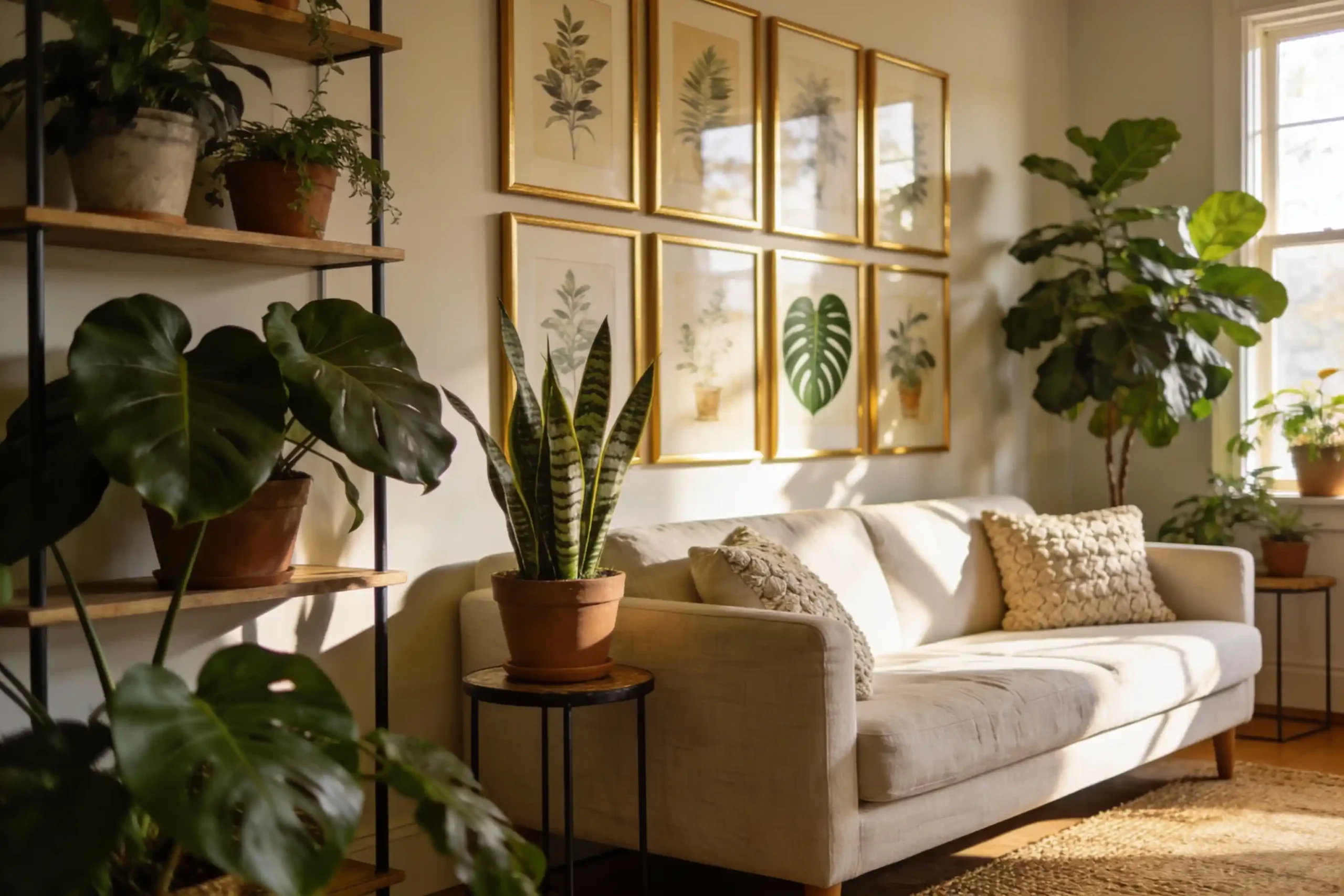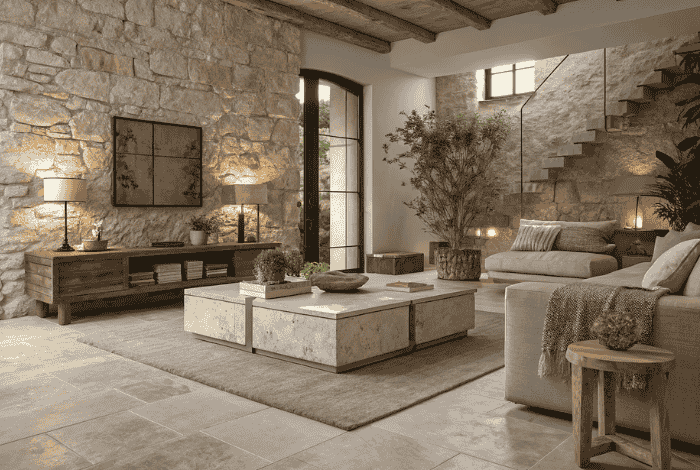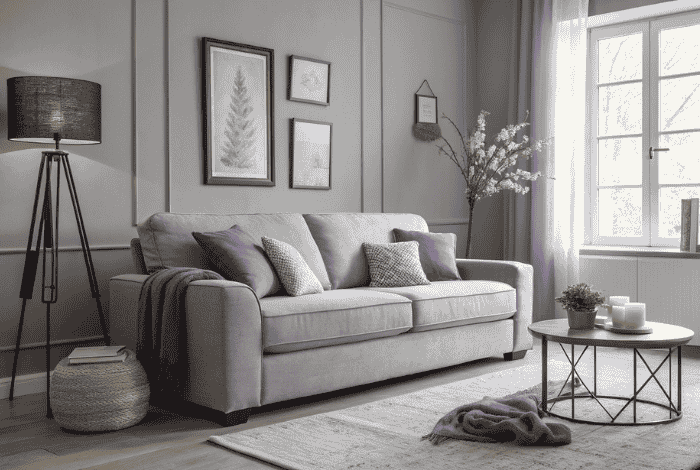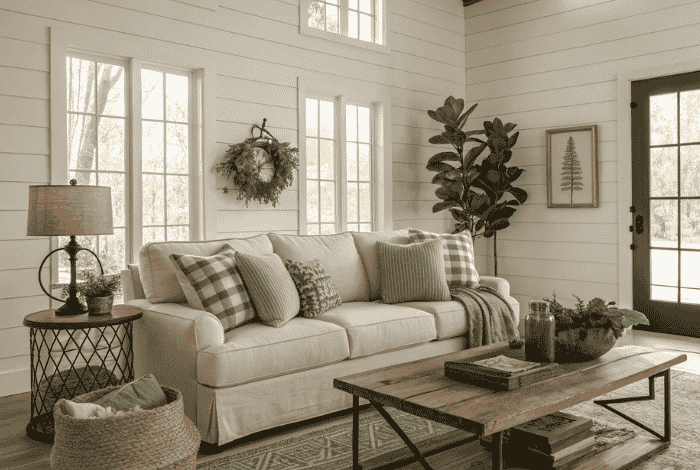English and French lavender may look alike at first, but they're not the same. I used to think all lavender smelled and bloomed the same way—until I grew both in my garden. That’s when I noticed small changes that made a big difference.
Some blooms lasted longer. Some smelled sweeter. One handled heat better than the other. It made me wonder: which one fits my garden best?
If you've felt confused too, keep reading. I’ll walk you through the key differences so you can choose with confidence.
Key Differences Between English and French Lavender
English and French lavender may look alike at first. But once I grew both in my garden, I saw how different they really are.
Let’s take a closer look at each one so you can choose the best type for your yard.
Overview of French Lavender
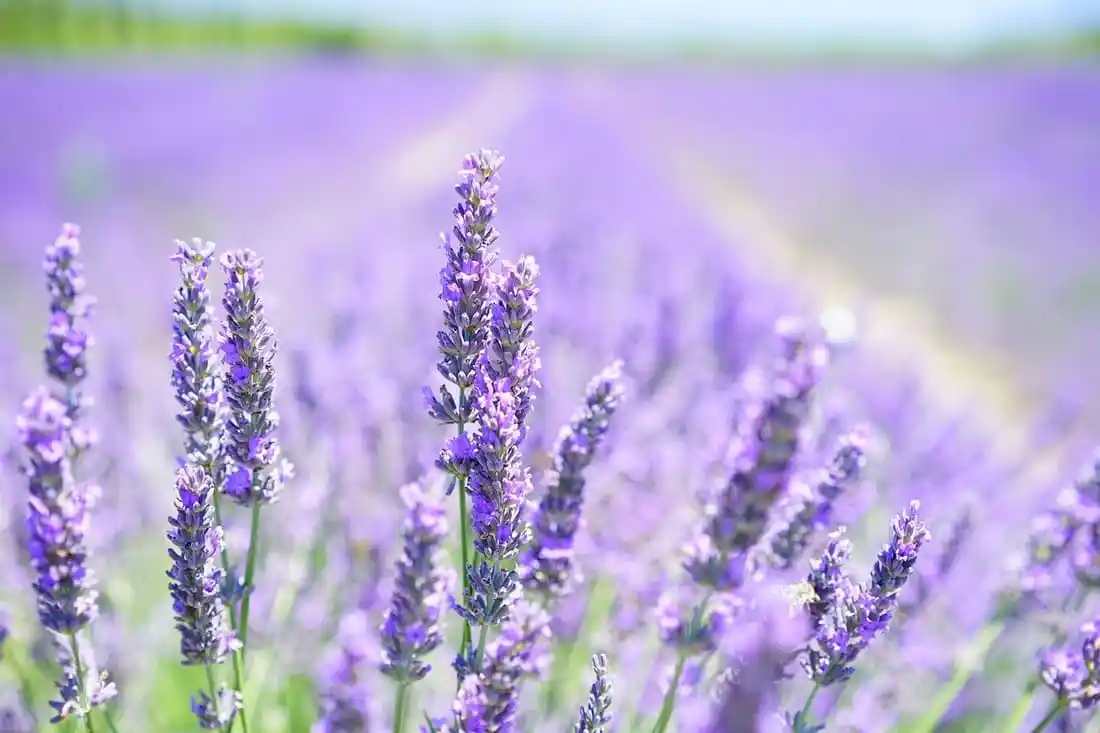
French lavender, or Lavandula dentata, has soft, gray-green leaves with tiny tooth-like edges. That’s where it gets its name: dentata means “toothed” in Latin. These leaves feel more textured than smooth.
It loves hot, dry places and does best in Zones 8 to 10. Mine grew quickly in warmer months and reached about four feet tall and wide. The flowers are light purple and bloom longer than many others in my garden.
This type is often mixed up with Lavandula stoechas, which also grows in warm places. But the one I’m talking about, “dentata,” has its own look and scent.
Quick Facts About English Lavender
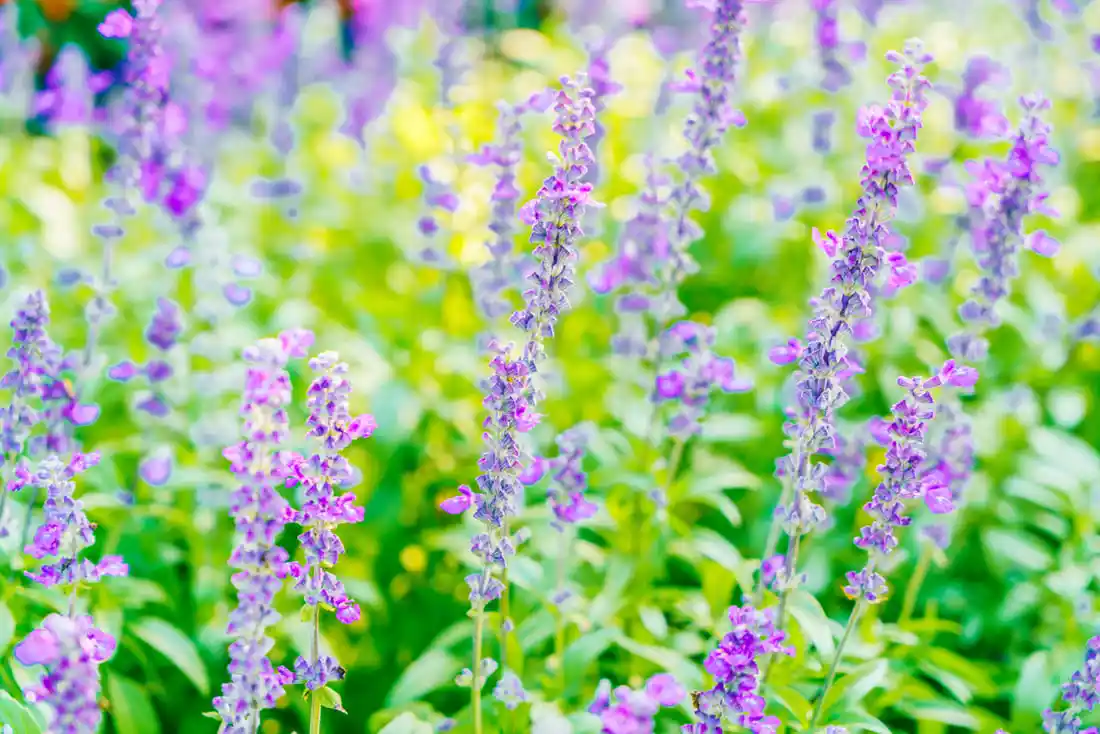
English lavender is actually not from England. It comes from parts of southern Europe like Spain and Italy. Its real name is Lavandula angustifolia, which means it has narrow, long leaves.
This type is more cold-tolerant. It grows well in Zones 5 through 10. I found it prefers cooler summers and doesn’t like high humidity.
It can grow large, up to eight feet wide and six feet tall. But when the weather gets too hot, it blooms less. Still, its smell is stronger and sweeter than French lavender.
| My advice: If you love scent, English lavender might be for you. But if you live somewhere hot and dry, French lavender is a better match. |
English vs. French Lavender: A Quick Comparison
When I tried growing English and French lavender, I didn’t expect them to behave so differently.
But once they started growing, the contrasts became clear, and honestly, pretty fascinating.
Cold vs. Warm Weather
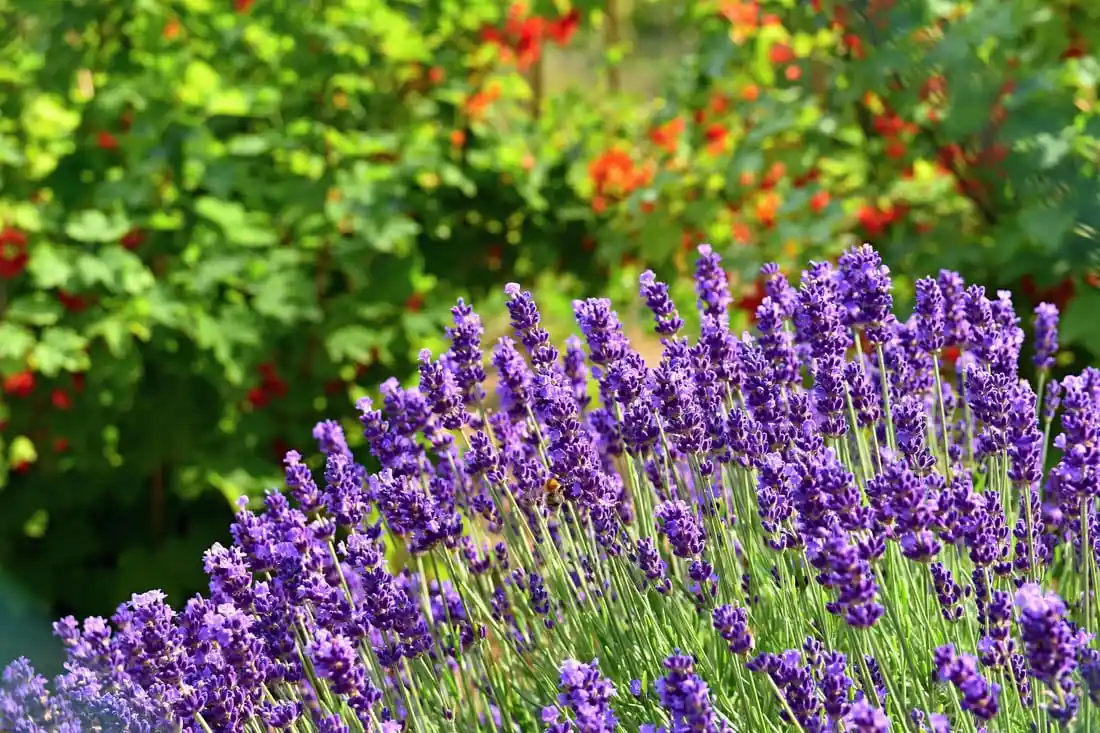
English lavender can handle chilly weather. It grows well even when frost shows up. Mine stayed strong through cold nights.
But French lavender is more delicate. I had to move mine indoors once the temperature dropped.
Plant Size and Space
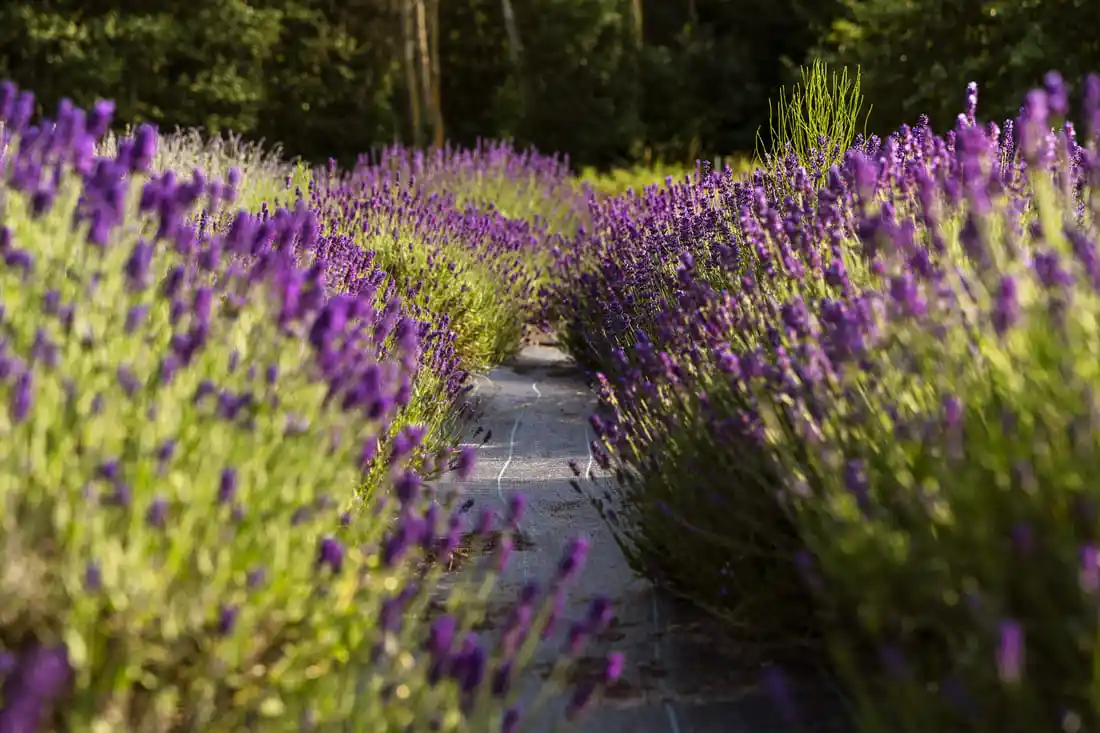
English lavender needs more room to grow. It spreads out wide and tall. If you have space, it’s a good pick.
French lavender stays smaller and tighter, which makes it great for small pots or garden beds.
Leaf and Flower Shape
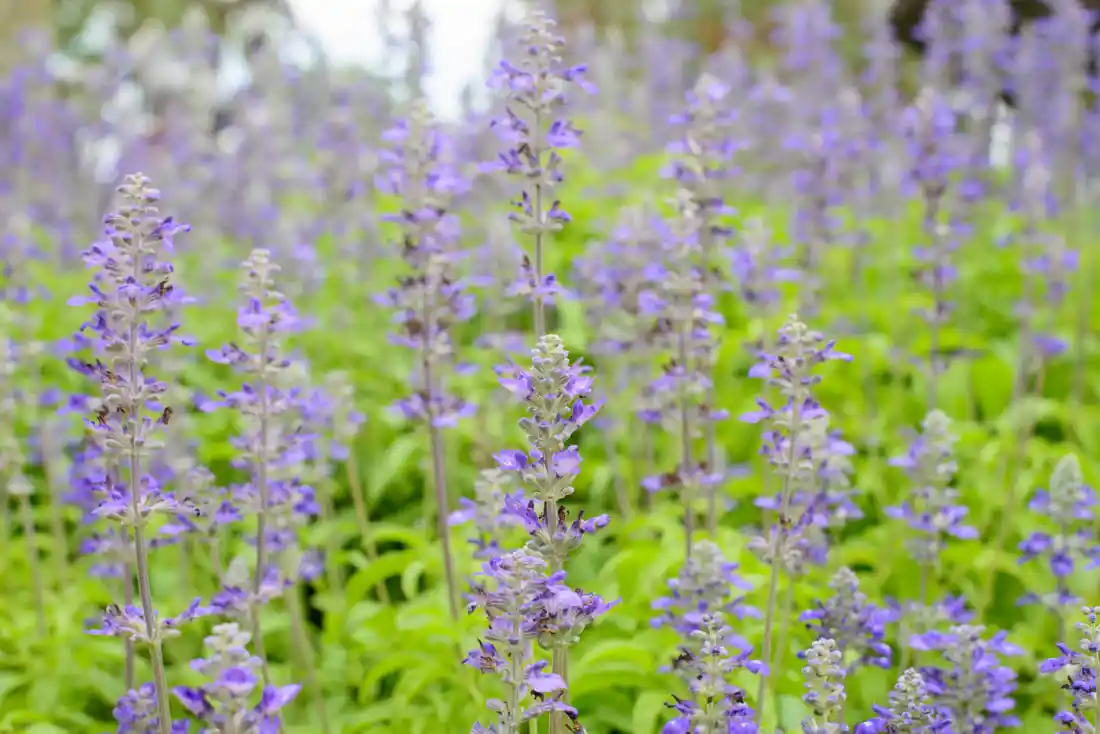
This part surprised me the most.
| – English lavender has cone-shaped flower clusters. The tops are smooth and don’t have little flags (bracts). Its leaves are blue-green, and in the sun, they almost shine silver. – French lavender, on the other hand, has longer flower spikes with tiny petal-like tips. Its gray-green leaves feel soft and fuzzy, with tiny teeth along the edges. |
Quick Comparison Table
| Feature | English Lavender | French Lavender |
| Cold Tolerance | Frost-hardy | Needs warm weather |
| Size | Large and spreading | Compact and neat |
| Leaf Color | Blue-green with silver hint | Gray-green and toothed |
| Flower Shape | Cone-shaped, no bracts | Long spike, with bracts |
| Best for | Big gardens, cool zones | Pots, warm sunny spots |
Top Uses for English and French Lavender
Both types are lovely, but they shine in different ways. I use each one for different things around my home and garden.
| Use Type | English Lavender | French Lavender |
| Container Gardening | Not ideal | Great for pots |
| Ornamental Borders | Works well in cooler zones | Used in warm zone landscapes |
| Dried Bouquets | Strong stems, perfect for drying | Short stems, less used for bouquets |
| Essential Oils | High oil content in flowers | Lower oil content |
| Culinary Use | Great for teas, desserts, and more | Rarely used in food |
| Aromatherapy | Helps ease stress and tension | Light scent from leaves |
What I Use French Lavender For
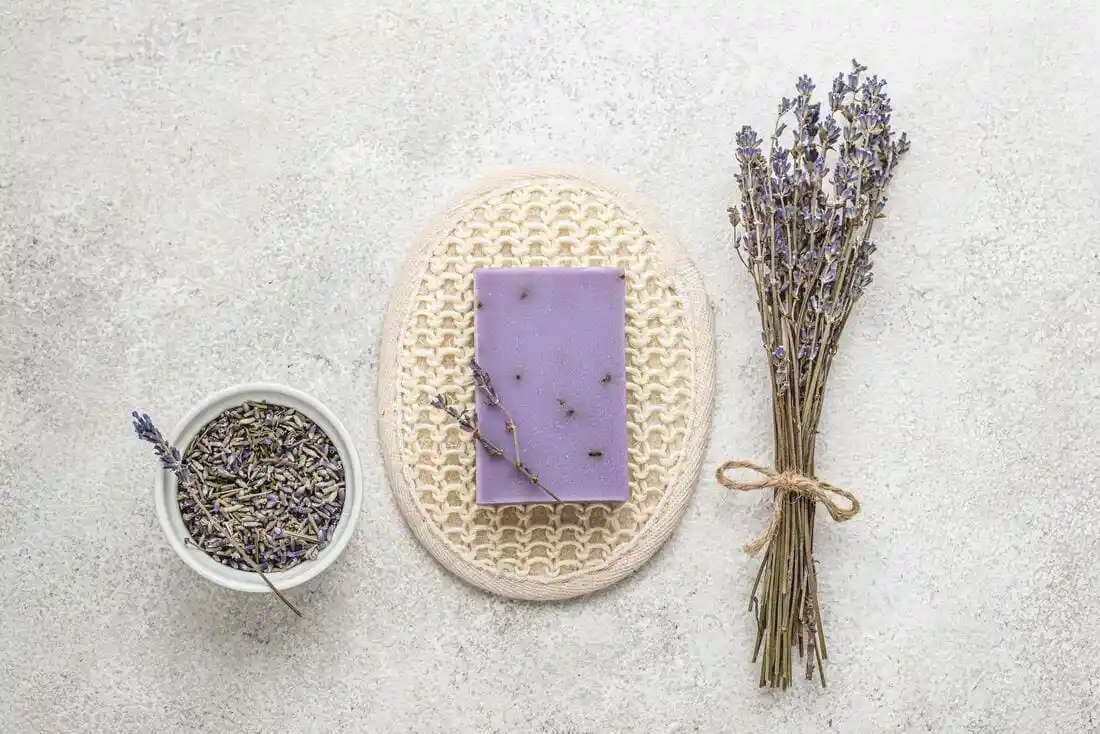
French lavender is a great plant for hot places. It stays small and tidy, so I grow it in containers near my patio.
Its soft leaves smell amazing, even more than the flowers. I dry them and tuck them into sachets, soaps, and potpourri bowls.
It also works well in big garden designs. In warmer zones, I see it planted in rows, almost like low hedges. It adds a fancy touch without taking up too much space.
My Favorite Uses for English Lavender
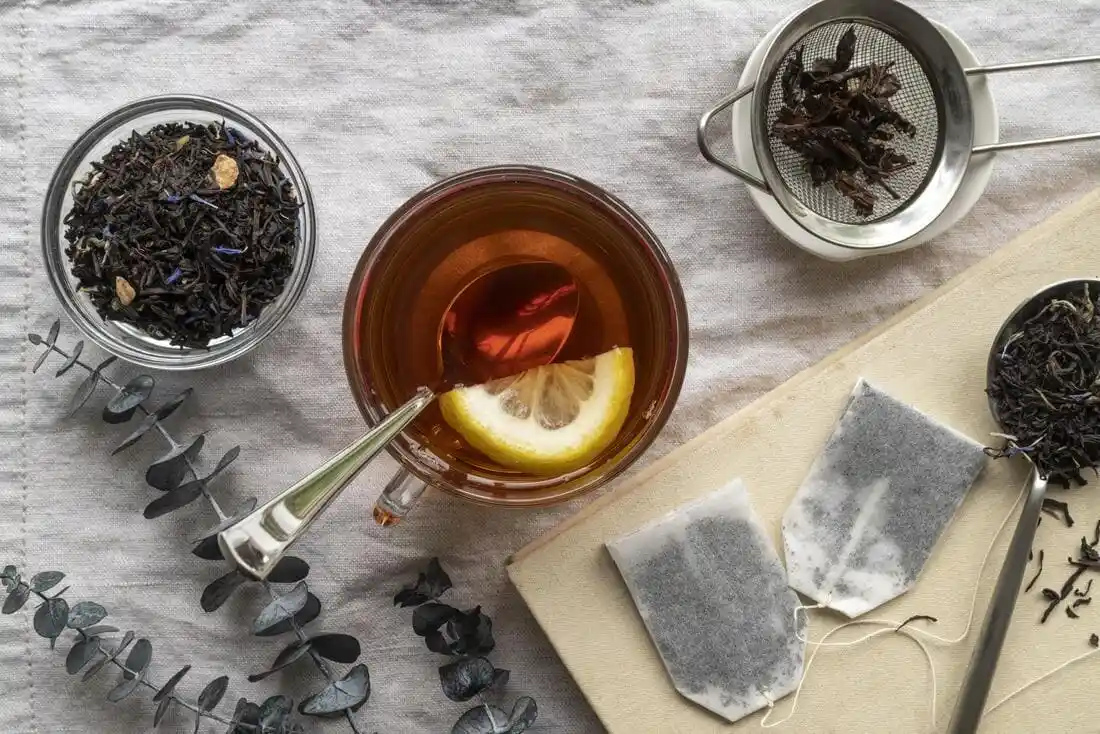
English lavender is my go-to for fragrance. The scent is strong and clean. The long stems and flower spikes make perfect dried bundles.
Here are my tips to use English lavender:
| – Tie them with ribbon and place them in vases around my house. – Cook with it. Just a little can flavor tea, desserts, or honey. – Mix it with lemon balm for a calming drink. – Use English lavender to make essential oils and herbal remedies. |
One study I read said English lavender might help lower stress. After a long day, that fresh scent really does calm my mind.
Wrapping Up: Best Scented Lavender for Your Garden
English and French lavender both bring beauty and calm into my life. Each one has its own charm, scent, and use. That’s what makes growing them so fun.
I plant French lavender in sunny pots and warm corners. Its neat shape and soft scent brighten my outdoor space. English lavender, though, fills my home with fragrance and peace. I love using it in tea, crafts, and oils.
Which one speaks to you more? Try both and see what fits your garden and your heart best.


